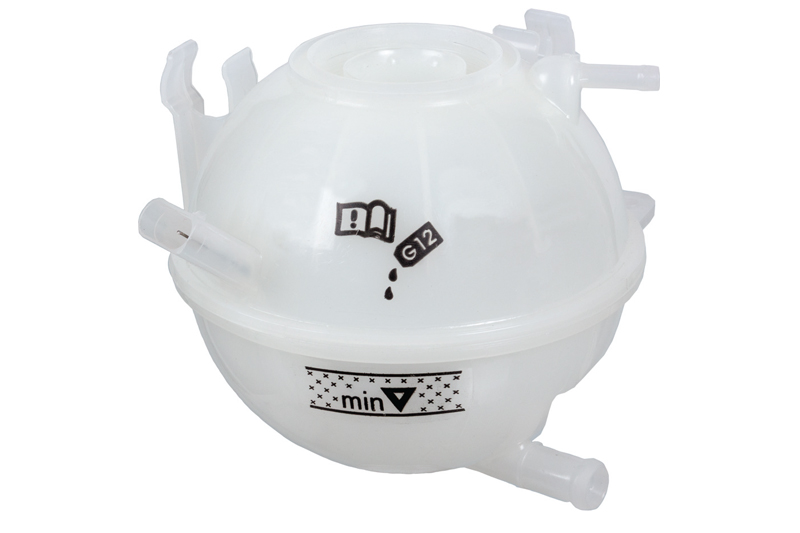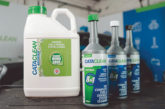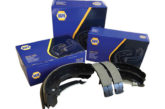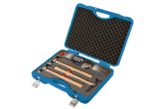
Febi takes a look at what causes ‘STOP’, ‘check coolant’, or the low-coolant warning lamp to appear on the instrument display and provides a solution.
Problem
The message ‘STOP’, ‘check coolant’, or the low-coolant warning lamp is flashing on the instrument display — depending on vehicle model. Upon checking the coolant level, the level in the expansion bottle is correct and there are no signs of coolant leaks.
Cause
Over time, contaminated coolant causes deposits to build up on the submersed contacts of the coolant level sensor within the expansion bottle. This affects the electrical resistance value of the sensor and, therefore, gives an incorrect reading of the coolant level. These contacts can be seen by looking through the expansion cap aperture. Coolant can also migrate into the electrical connector; this can be identified by a crystalline build-up in the electrical connector caused by a capillary action into the wiring harness. If this has occurred, then the wiring harness will have to be assessed to make the appropriate repair.
Solution
Allow the engine to cool before working on the cooling system and then drain the cooling system of the old coolant. Remove the two expansion tank retaining bolts and disconnect the electrical connector. Then, remove the attached hoses to remove the old part. Fit the new febi expansion bottle (46748) along with a new cap (103522), using the two retaining bolts. Connect the electrical connector and the hoses. Refill the cooling system with fresh coolant mixture or premix into the expansion bottle of the recommended coolant type for the vehicle. Finally, bleed the cooling system of any air.
To fit:
Various Volkswagen, Audi, SEAT and Skoda models.









